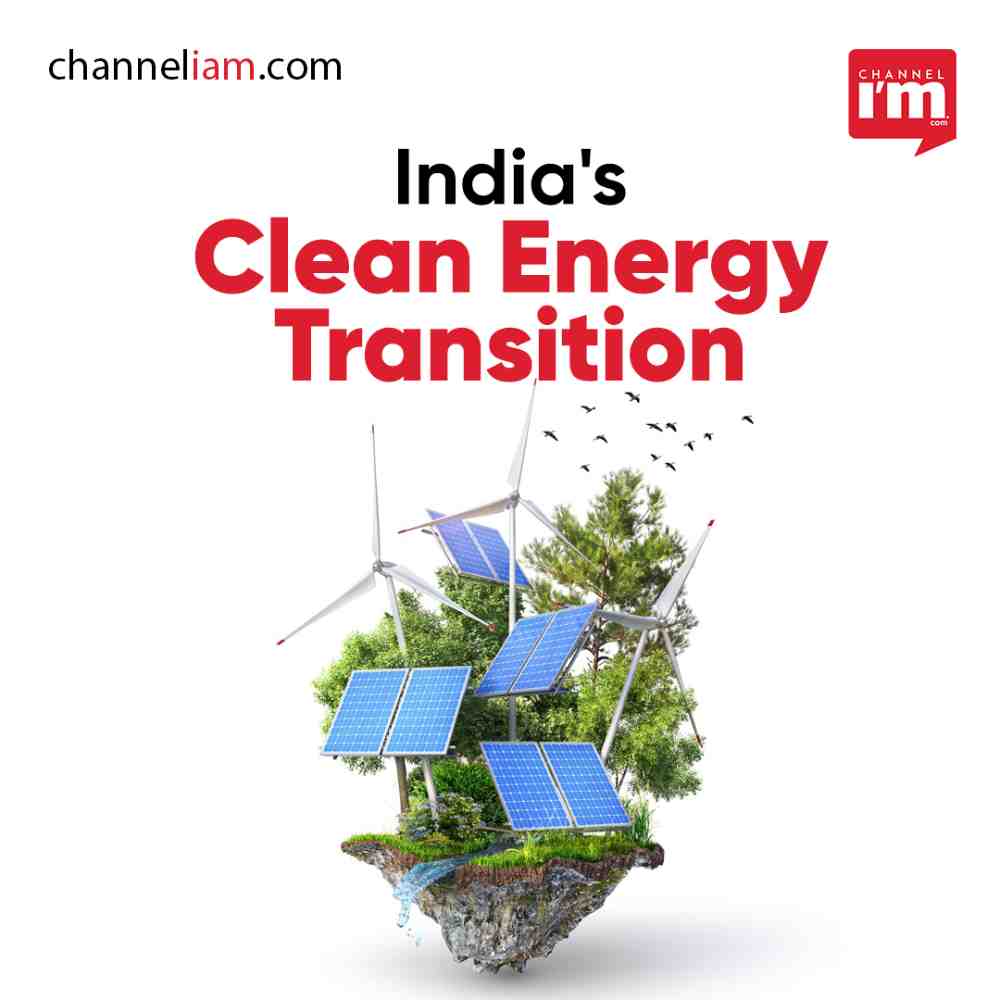
India has set ambitious climate goals, aiming to rapidly increase its renewable energy (RE) generation from the current 12-13% to over one-third of total generation by 2030. To achieve this, the country must proactively plan for the fluctuations inherent in natural energy sources, ensuring stability and flexibility in its rapidly expanding national grid.
The Urgent Need for Flexible Storage Systems
As India strives to add an unprecedented ~300 GW of renewables within the next nine years, it faces a pressing need for flexible storage systems that can absorb, store, and reinject electricity into the grid as per demand. The case for such storage is significant, as it underpins India’s pursuit of its 2030 climate target of achieving 500 GW of non-fossil fuel electricity capacity.
Drawing from Global Lessons
While India will tailor its battery storage adaptation to its unique needs, it can draw from global experiences in markets like the United States and the United Kingdom. Storage integration in these regions has demonstrated adaptability and flexibility for their grids, paving the way for smoother RE rollout.
Falling Costs and Growing Market Potential
Battery storage costs continue to decline, making it an increasingly attractive solution. India’s NITI Aayog anticipates the country’s storage market to reach over 1,000 GWh by 2030, offering significant job opportunities in manufacturing and construction, bolstering the overall economy.
Overcoming Challenges and Ensuring Self-Reliance
To ensure the success of its storage initiatives, India must address challenges related to the availability of critical raw materials like cobalt and lithium. Encouraging domestic manufacturing will reduce dependency on other nations and mitigate risks associated with geopolitical events.
Recognizing Multiple Use Cases for Battery Storage
India must adequately value and remunerate the various applications of battery storage, such as frequency management services, arbitrage from market operations, and mitigating variability from RE generation. Creating incentives and enabling policies will make storage investments more viable.
Removing Tax Barriers and Facilitating Investments
Current heavy taxes on batteries, exceeding 40%, deter early investors. Reducing duties and taxes and offering exemptions for initial projects will encourage investment and boost grid operators’ confidence.
Emphasizing Domestic Innovation
India should prioritize the development of alternate storage technologies, like flow batteries, sodium-ion, sodium-sulfur, and compressed air energy systems. Leveraging domestically available metals and minerals will foster self-sufficiency and lower costs.
The Key Role of Battery Storage Markets
Battery storage’s effectiveness lies in integration with generation projects and throughout the power ecosystem, including transmission and distribution. Formulating the right policies to develop multiple application cases and participative markets will ensure maximum asset utilization.
India’s transition towards clean energy hinges on the seamless integration of battery storage to support the rapid expansion of renewable sources. As the country takes bold strides towards its climate goals, fostering domestic innovation and creating an enabling environment for storage technologies will be pivotal. By capitalizing on global lessons, unlocking the potential of battery storage, and aligning it with the growth of renewables, India can confidently achieve its clean energy dreams and pave the way for a sustainable future.
